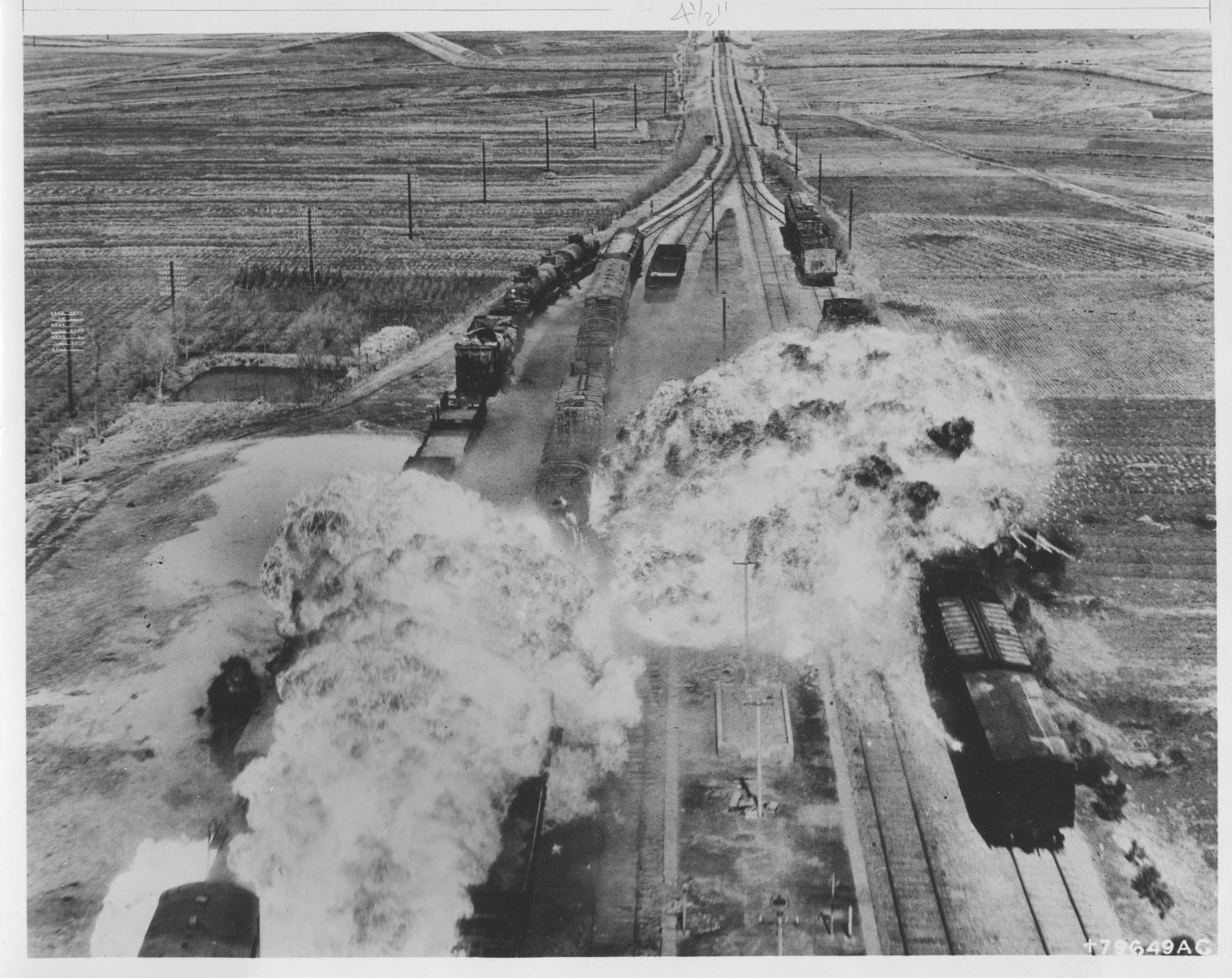Two years ago this month, Hurricane Katrina hit the Gulf Coast. In its aftermath, the Army played an important role in evacuation and relief efforts while still serving in Afghanistan and Iraq.
Though of an unusually large scale, Katrina was not the first time the Army had to respond to a domestic crisis while fighting a war overseas. One such time occurred 57 years ago this week.
On August 25, 1950, President Harry Truman ordered the Army-two months into the Korean War-to seize control of all major U.S. railroads from the 194 owning companies by August 27. The order came before a national labor strike, scheduled for August 28, would have shut down the country's most important means of transportation.
Secretary of the Army, Frank Pace, Jr., said in a statement that day, "We must not permit the flow of essential support to the forces in Korea to be interrupted." Assistant Secretary of the Army, Karl Bendetsen, telegraphed the union presidents and rail companies and asked if labor and management would work under Army control. Both sides agreed to comply with the Army's request for continued operations, and the labor unions called off their strike.
The strike plans arose out of more than a year of disagreements between unions and rail companies over wage demands and desired rule changes. The sides took another 21 months to reach a settlement; meanwhile, the Army retained control of national rail operations while also handling the Korean War.
Due to the wartime shortage of troops, the Army spared only 46 officers, one enlisted man (a sergeant), and eight civilian clerks to full-time rail service. It did this successfully by staying in the background when possible, interfering with rail operations only when necessary to maintain uninterrupted service.
Such interruptions were rare. One occurred from December 13 to 15, 1950, when rail employees in Chicago, St. Louis, Washington, and other major rail junctions held unorganized "sick strikes," where many employees essentially "called in sick" at once. The Army sought court action against the unions and President Truman appealed to employees to return to work in a December 15 radio address, both of which helped to end the disruption quickly.
Occasional crises required larger Army intervention. On January 13, 1952, snow slides caused by a blizzard blocked the Southern Pacific Railroad in the Sierra Nevada Mountains, near Immigrant Gap, California. A San Francisco-bound luxury train with 196 passengers and 30 crew members became stuck in the snow. The Sixth Army cooperated with railroad management and state highway crews in rescue and relief, sending troops with Weasels-tracked snow vehicles-to reach the train. Crews freed the stranded train on January 16, using the Weasels to evacuate some passengers.
On May 21, 1952, rail companies and the major labor unions finally settled their dispute. President Truman approved return of the rail systems to private ownership on May 23. Secretary Pace formally terminated 21 months of wartime control of America's railroads later that day.
Related Links:
U.S. Army and Domestic Disturbances










Social Sharing